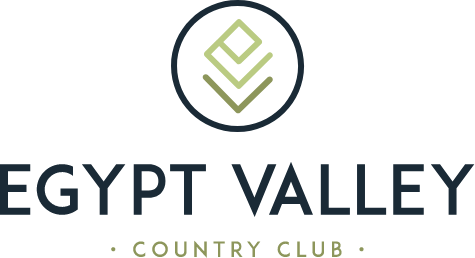HTML Generator
News
News
Blogs
Back
Error
Error:You do not have the required permissions.


